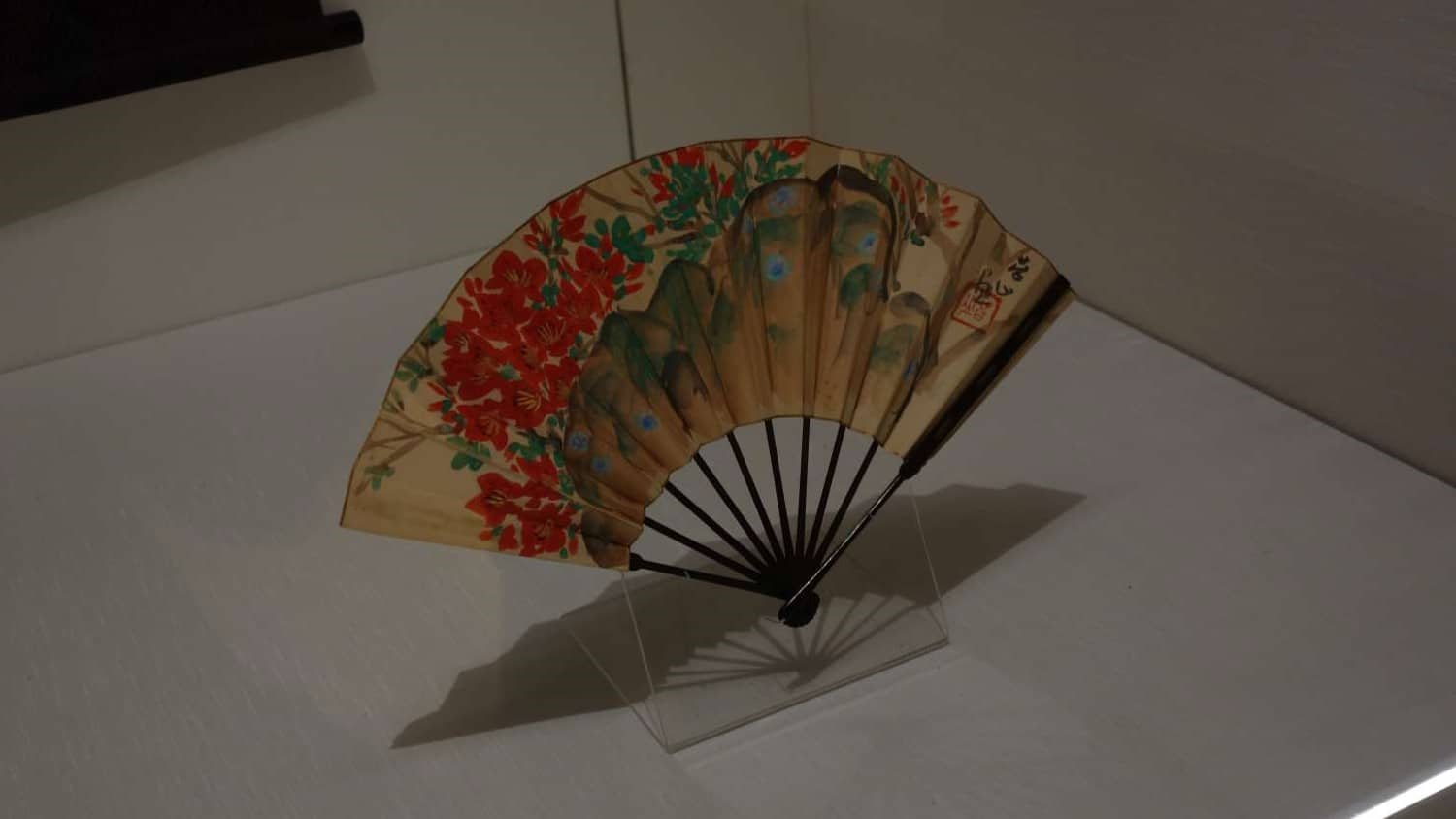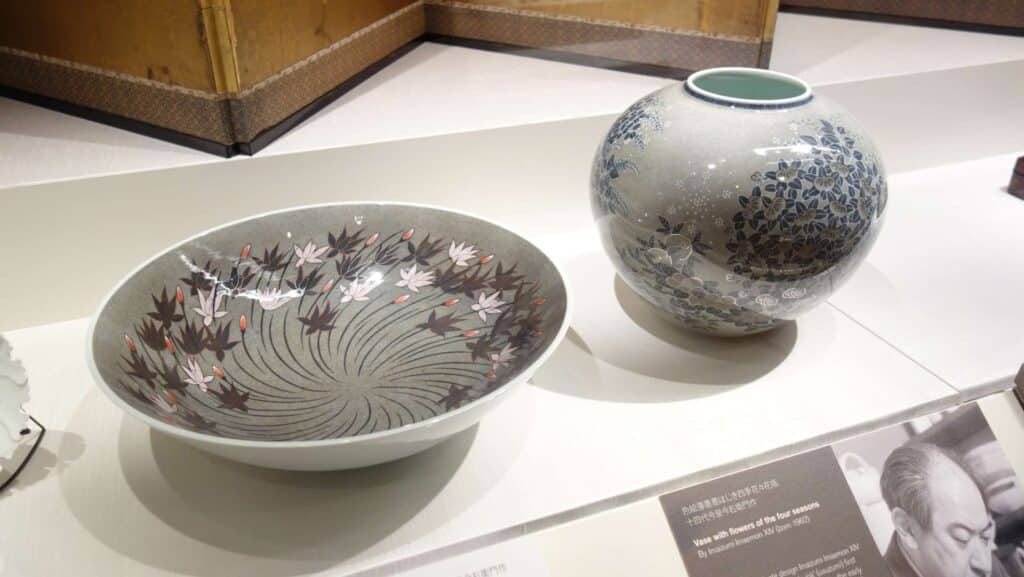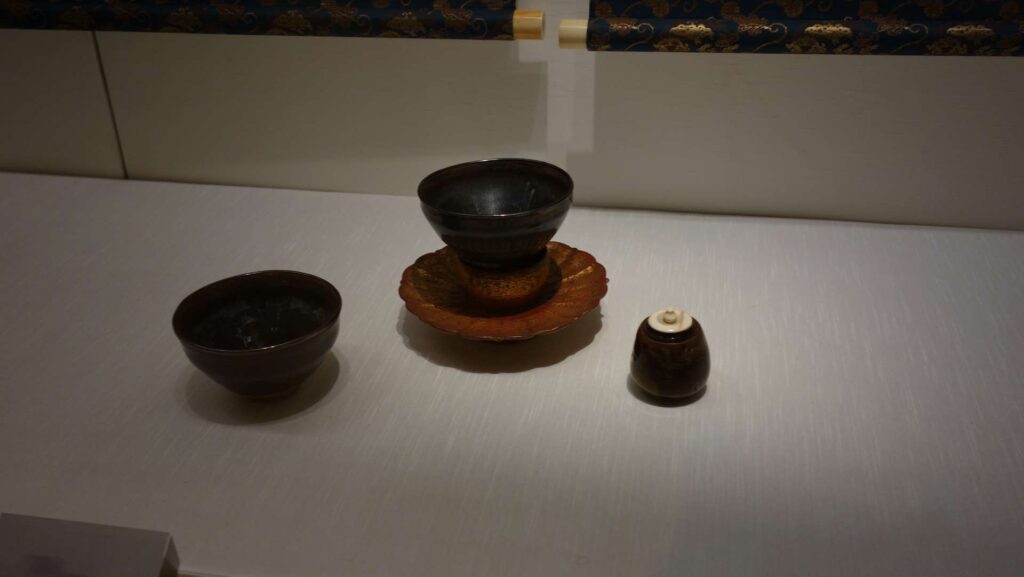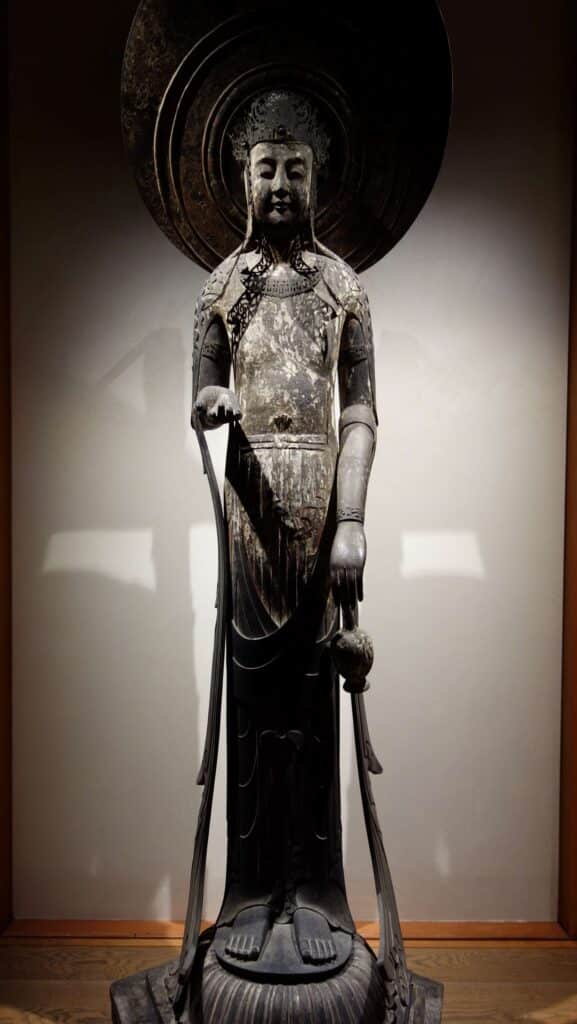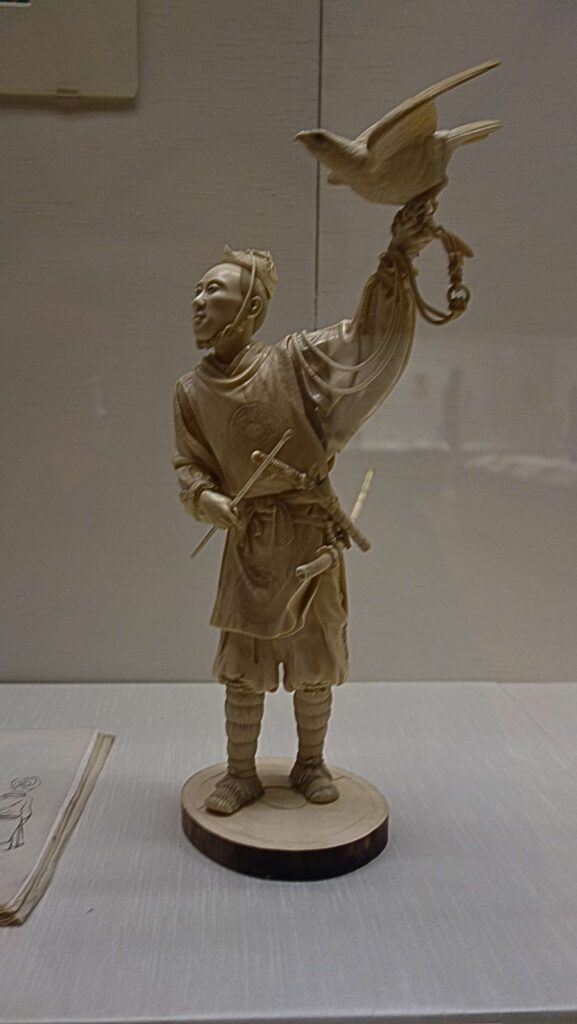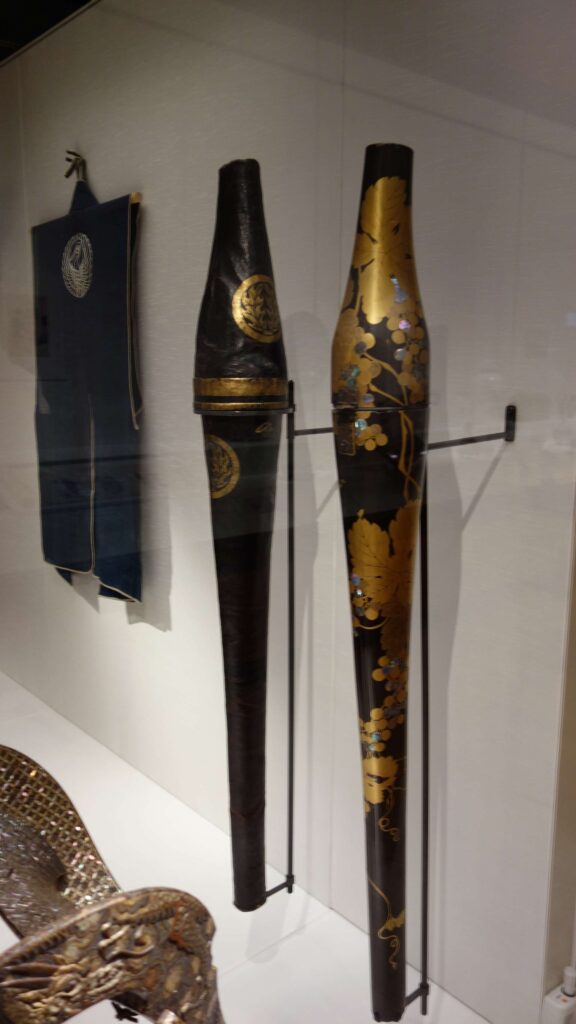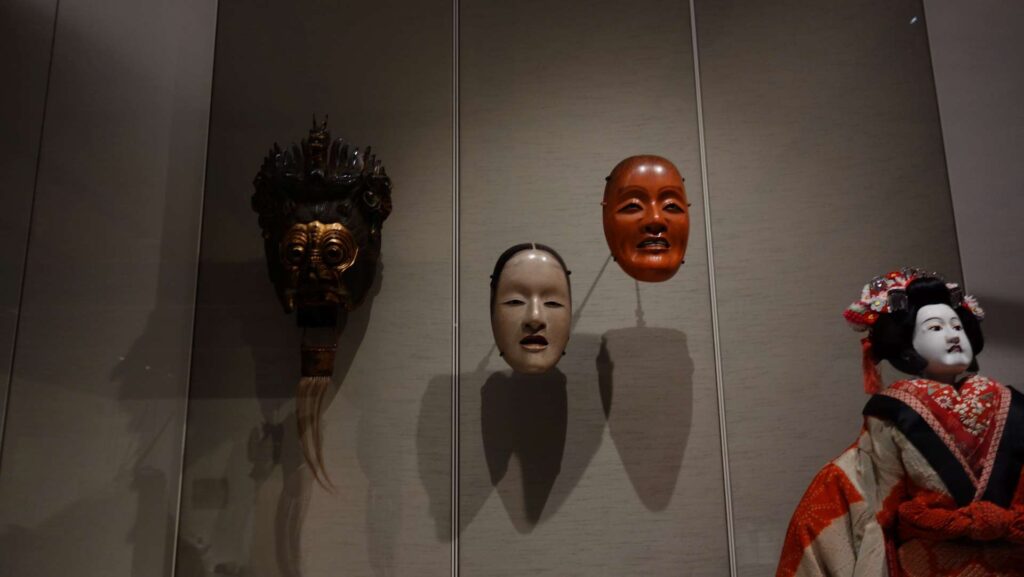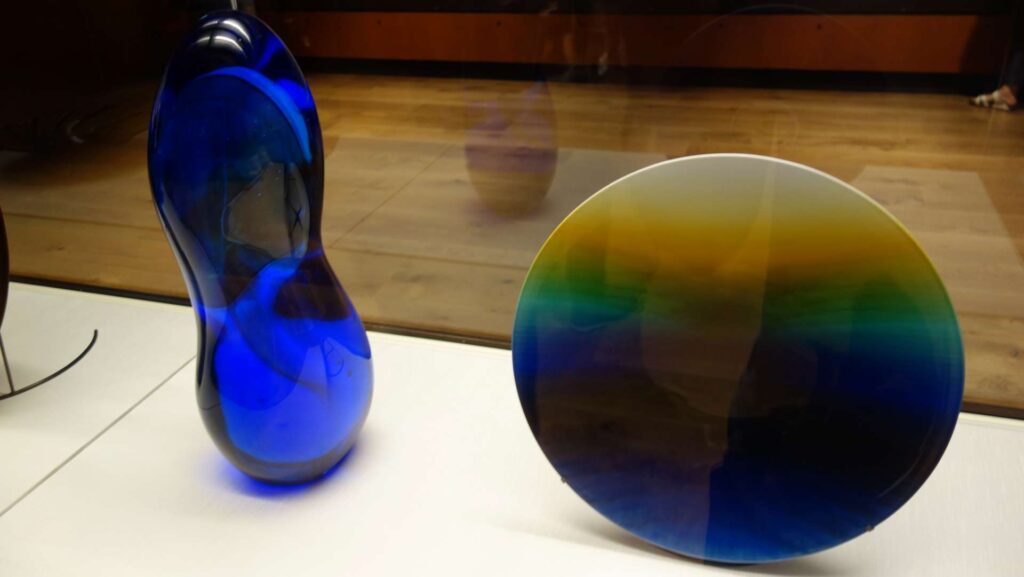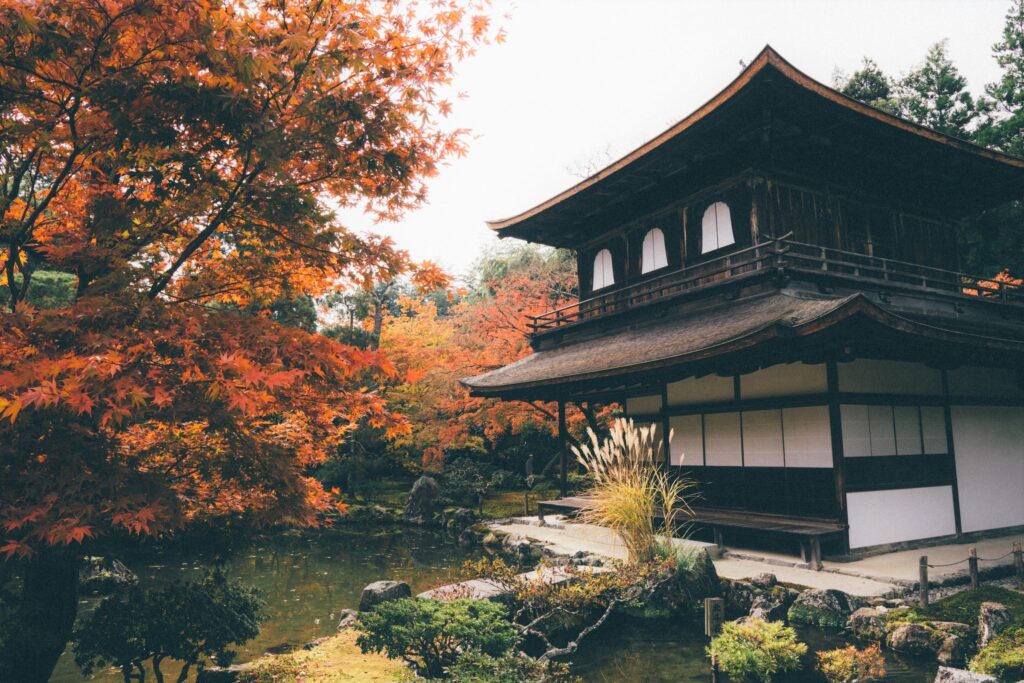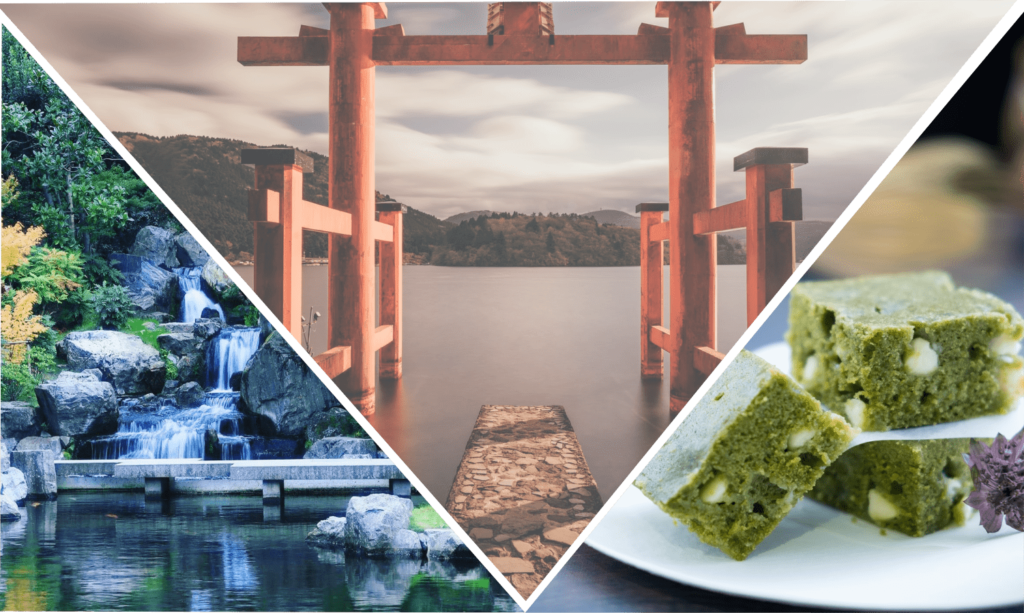Quick selection
Decidedly Japanese
Deciding to take a stroll around a gallery or museum is never a bad idea in order to get closer to some decidedly Japanese rarities. The British Museum in London is one such place that houses a grand collection of various Japanese antiquities, as well as modern curiosities, and is one of the largest of its kind outside of Japan.
Yet, the British Museums Japan related galleries are unique in both their curation as well as their presentation.
Located in the highest rooms of the museum, the Japanese gallery offers a glimpse of Japan through the ages, with typical (but no less impressive) pieces like ceramics, samurai swords and armour, wall scrolls, as well as considerably rarer pieces such as a Japanese tidal clock and Noh masks. But, here they feel very much at home in what at times feels like a Japanese themed space with its ambient lighting and wood-panelled interior — something no other exhibit seems fortunate enough to have.
Then again, this part of the museum is supported by the Japanese Mitsubishi Corporation, which probably has a big impact.
Through the ages
The Japanese exhibition space at the British Museum is separated into three distinctive areas: ancient and medieval Japan, the Edo period, and modern Japan. This then is a very comprehensive collection and documentation of Japan that is considerably rare and covers and includes exhibits from every era of Japanese history — which in itself is quite a feat.
Some are more represented than others with artefacts from the Edo period (1615 – 1868) being widely showcased. However pottery from the Jomon era (14000 – 300 BC) is also on display, along with its more modern Taisho era (1912 – 1926) counterpart; both of which are incredibly rare outside of Japan.
These are two extreme ends of the spectrum in terms of age range but it shows a journey; a development that can be witnessed as you progress through the gallery, where the same core objects and ideas transition through the ages from old to new. These are not the only examples of this transition at work, and can be found with pottery, statue’s, even drawings and artwork.
The idea of showcasing historical artefacts right though until the modern also allows you to pick up on the change of use as each era progressed, and how they influenced later design.

A diverse collection
Having a collection that is spread across multiple eras naturally contributes to an area in which the British museum’s Japanese galleries thoroughly excel – its fantastically diverse curation.
You’ll be able to find collections of ceramics, netsuke, wall scrolls, ukiyo-e, ornamental figures and other modern experimental artistic pieces. In truth, it’s quite surprising at just how much variety is on show; no two objects are the same, or even remotely similar for the most part.
All aspects of Japan are seemingly covered in one way or another. For example, you can find exhibits dedicated to the Ainu who are the indigenous people of northern Japan and surrounding northern territories, this is alongside objects that have a surprising UK connection. However what makes these memorable is how they are explained and introduced with supporting information that genuinely aims to teach you about what you are seeing.
There are wonders and curiosities that you would never have guessed exist without witnessing them for yourself, with a real sense of discovery that is truly exciting. It’s this aspect of discovery that makes museums a worthwhile visit, and the British Museum does it exceptionally well.
Because of this, it would be an injustice to list everything that you can find within the Japanese galleries (not to mention the impossibility of doing so) and potentially ruin that experience.
However, I want to highlight a few pieces that you can expect to find on display, which hopefully gives you an idea of the scale of the collection.
Kudara Kannon statue
One of the very first items visitors set their eyes upon is the looming 10 ft tall statue of the bodhisattva Kudar Kannon. This statue made in the early 1930’s is made almost entirely of wood, although you wouldn’t think so by looking at it. It is a replica of the same statue found in the Hōryū-ji temple in Nara prefecture, Japan; so much so that it has been blessed by Buddhist monks in the same manner as originals.
Illustrated books
As you walk around the galleries you will encounter a number of small books. These may come across as underwhelming visually, however, they are incredibly rare finds that document early Japanese narratives such as The Tales of Ise Monogatari or predecessors of Ukiyo-e prints in picture book form.
Complete samurai set
There is always a draw towards anything samurai related and the British museum japan collection has its own remarkable entry. While other museums like the Ashmolean have a set of armour and swords, here you will find everything from swords and armour, to carrying cases, horse bridles, and all manner of other accessories that a samurai warrior would use.
Metal wreath sculpture
This is a sculpture that resembles a wreath of feathers but is actually made of steel. It is created by forging steel nails together with the premise of turning metal objects into something more natural. The description to this may seem a little strange, however, this item represents some of the British Museums unique modern Japanese items on display.
Haniwa statue
Haniwa is a term used to reference specific clay figures that were common during the Kofun period (300 – 538 AD). You can find a couple of these within the ancient and medieval section of the exhibition which are well-preserved and have a unique charm that is difficult to categorise. They were used to adorn tombs of leaders and important people during the kofun period.
Photo gallery
Conclusion
Taking the time to reflect upon a trip to the British museum’s Japanese galleries brings certain realisations. Its curation goes beyond that of merely displaying interesting objects; instead, opting to present an opportunity that teaches visitors about the evolution of Japan and nurtures a curiosity that extends well after your visit.
If it wasn’t clear up until now; there’s a lot to see. It’s a space that can keep you occupied for a good hour or so if you take the time to absorb everything that’s on show.
Nathan
